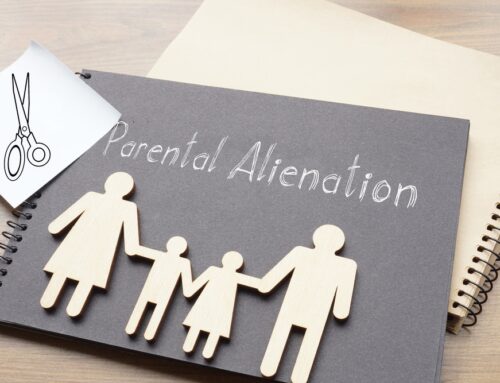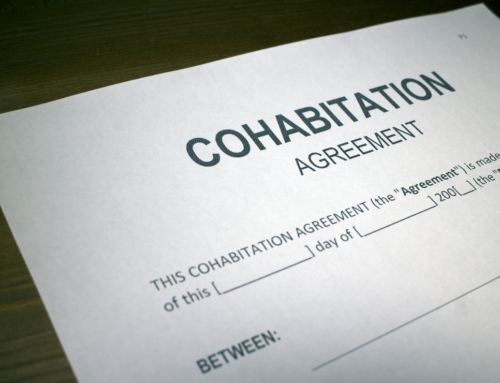A Civil Partnership gives same-sex couples the right to obtain legal recognition of their relationship. The civil partnership can only be ended by dissolution, annulment or death.
Reasons for Dissolution
The courts will only grant you dissolution if a judge agrees that your civil partnership is at an end. You must satisfy the court that one or more of the following is true as proof that your civil partnership is over:
• Unreasonable behaviour by your civil partner
• Desertion for a period of at least two years
• Two years’ separation, if you both agree to the dissolution
• Five years’ separation, if there is no agreement to the dissolution
If you feel that the civil partnership has ‘irretrievably broken down’ then a petition will need to be completed.
You cannot start dissolution proceedings if you have been in a civil partnership for one year. You need to explain why you want dissolution in a petition for.
The main Stages of Dissolution
Once you have returned your petition to the civil partnership proceedings, you have started the dissolution process. You will be known as “the petitioner” and your civil partner will be known as “the respondent.” During this time, copies of your civil partnership certificate, as well as details of any children involved and/or any other person named in the dissolution proceedings will be required from you.
The courts will post a copy of the petition to your partner. This is known as “Serving the Petition.” The respondent will have eight days to acknowledge receipt of the petition. If they fail to do this, the court will contact you and ask for more information, they may even arrange for a bailiff (A court official) to serve the petition in person.
After a Petition is served
Once the petition has been served, what happens next depends on upon whether or not your civil partner agrees to the dissolution or not. You may be asked to provide more information by the court. If you have children then the court must look at and agree with the arrangements made for the children before the dissolution is granted.
Conditional Order
An important part of the dissolution process is known as ‘the Conditional Order. This is the first stage of the actual dissolution. It is granted only when a judge has reviewed all of the papers and is satisfied that there are proper grounds for dissolution. You may be required to attend court, but many dissolutions happen entirely by post.
Final Order
The final stage of a dissolution is called ‘the Final Order’. You can apply for the Final Order six weeks and one day after the Conditional Order. If you don’t apply for the Final Order then your civil partner, as the respondent, can apply for it but only after a further three months have passed.
When you receive the Final Order, you are no longer in a civil partnership and are free to enter into another civil partnership.
If you’d like any further advice on this or any other areas relating to family law, you can get in touch with us.




